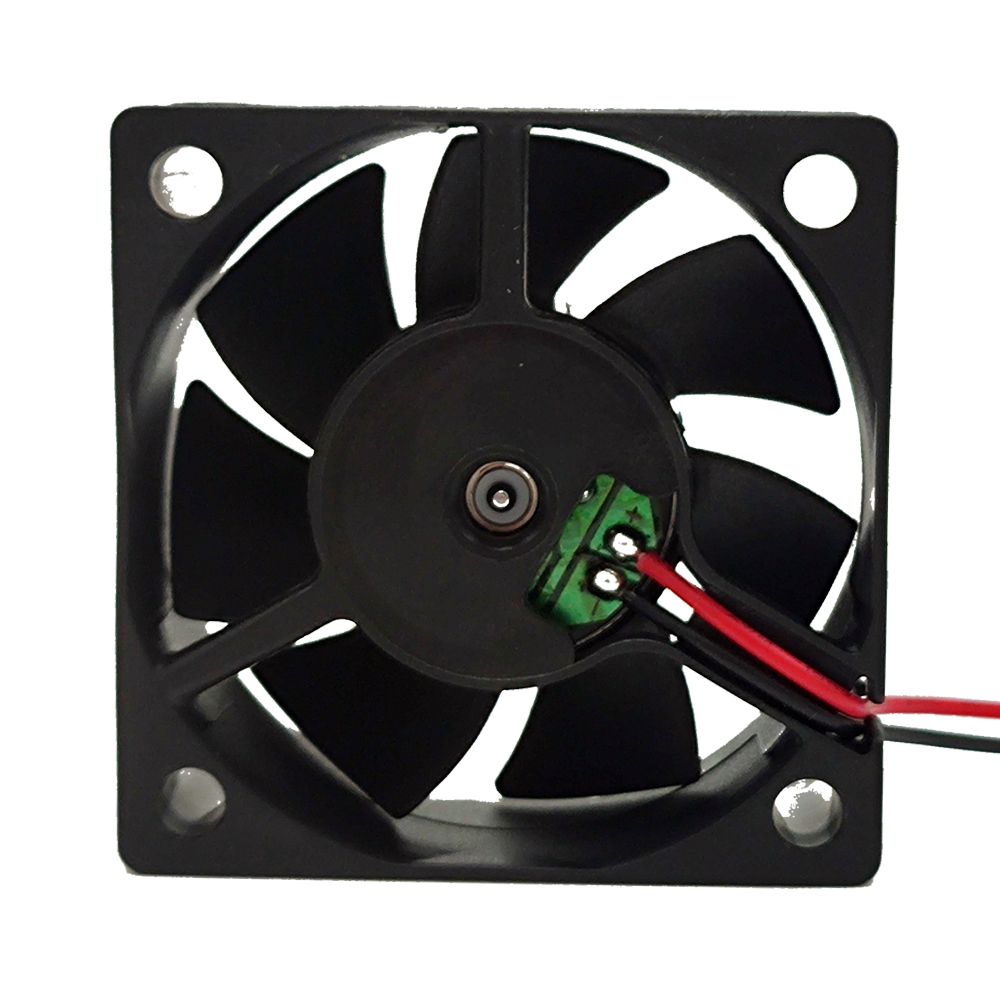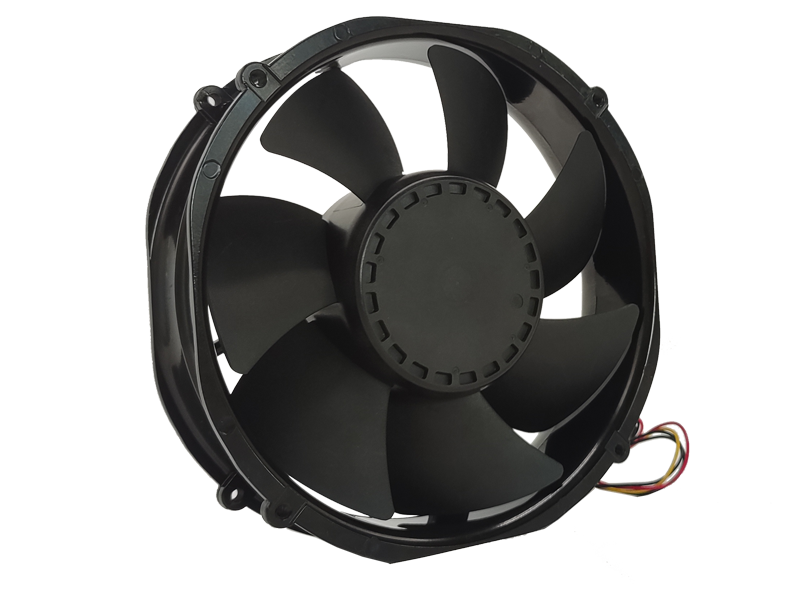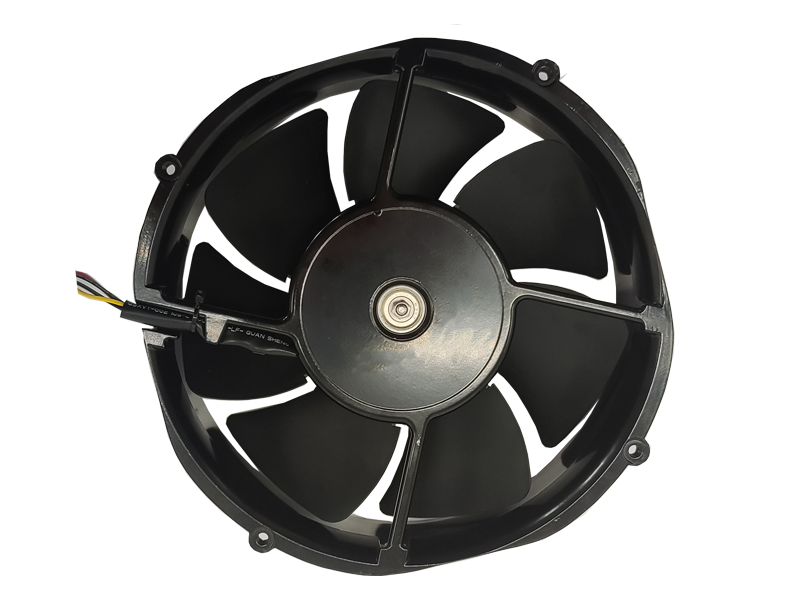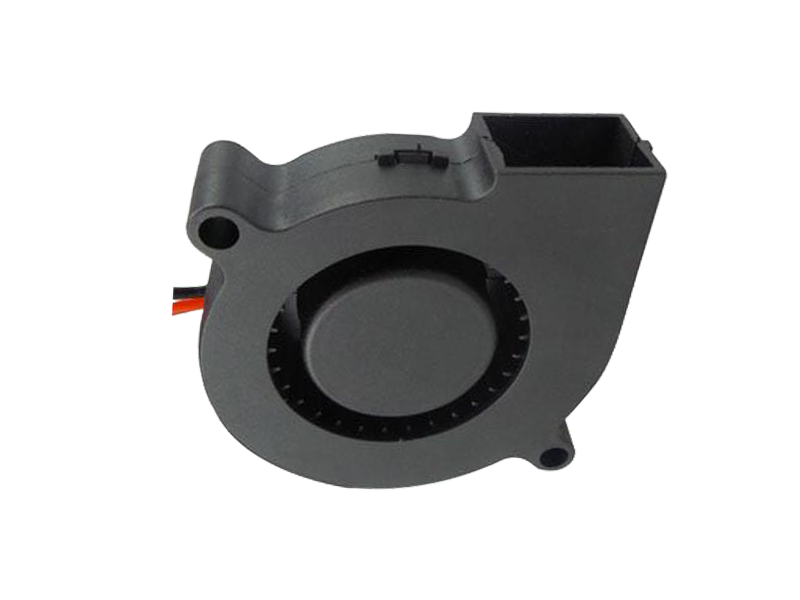In many industrial applications, fans are indispensable components that ensure the smooth operation of essential processes. From maintaining ventilation to cooling machinery and preventing the buildup of hazardous fumes, industrial fans are crucial for creating safe, productive environments. However, beyond these primary functions, industrial fans also contribute significantly to process optimization. By improving efficiency, reducing costs, and enhancing overall performance, industrial fans play an integral role in streamlining industrial operations.
This article explores the ways in which industrial fans contribute to process optimization and highlights the technologies and strategies that can be employed to enhance fan performance and reduce operational costs.
1. Process Optimization and Its Importance
Process optimization refers to the efforts to improve the efficiency of production systems, minimizing waste, reducing energy consumption, and maximizing output. In industrial environments, process optimization involves not only refining machinery and equipment but also improving the supporting systems, such as ventilation and cooling systems. Industrial fans contribute to process optimization by providing efficient air movement, maintaining temperature control, and ensuring the correct flow of gases and particles.
By optimizing fan systems, businesses can achieve:
Increased Operational Efficiency: Fans that are optimized for specific applications use less energy while providing better airflow, improving the overall efficiency of industrial processes.
Reduced Energy Costs: As one of the primary consumers of energy in many industrial facilities, improving fan efficiency directly reduces operating costs, resulting in significant savings over time.
Improved Product Quality: In processes such as drying, cooling, and ventilation, optimized fan systems ensure that conditions are maintained consistently, improving the quality of the end product.
Extended Equipment Life: Properly designed and maintained fans reduce the wear and tear on industrial equipment, extending their lifespan and reducing the need for costly repairs or replacements.
2. How Industrial Fans Contribute to Process Optimization
Industrial fans contribute to process optimization in several ways, including their ability to maintain proper temperature, airflow, and air quality within industrial environments. Below are some key examples of how fans enhance process optimization:
Temperature Control in Manufacturing: In many manufacturing processes, such as metalworking, injection molding, and semiconductor production, maintaining a stable temperature is critical for product quality. Fans are used to ensure consistent temperature distribution throughout the facility and prevent overheating of machinery, preventing defects and increasing overall productivity.
Cooling of Equipment: Overheated machinery can result in mechanical failure, unplanned downtime, and reduced production rates. Fans are used to cool equipment such as motors, compressors, and turbines, ensuring they operate within their designed temperature range and prevent costly disruptions.
Enhanced Ventilation for Health and Safety: In industrial settings where hazardous fumes or dust are present, proper ventilation is essential to protect workers from exposure to harmful substances. Industrial fans ensure a continuous supply of fresh air and remove contaminants from the environment, maintaining air quality and promoting worker health and safety.
Material Handling and Conveying: In industries such as mining, agriculture, and logistics, fans play an essential role in pneumatic conveying systems. By moving air through pipelines, industrial fans help to transport dry materials, such as grains, powders, or chemicals, from one location to another. Optimizing these systems enhances material handling efficiency and reduces product loss or contamination.
3. Technological Innovations for Fan Optimization
Recent advancements in fan technology have significantly improved their efficiency and adaptability, further contributing to process optimization. Some of the key innovations include:
Variable Speed Drives (VSDs): Variable speed drives allow fans to adjust their speed based on the required airflow, rather than running at a constant speed. This results in energy savings and greater flexibility, as the fan can operate at optimal speeds for different parts of the process.
Aerodynamic Blade Design: Advances in blade design have enhanced fan performance by reducing turbulence and maximizing airflow. Modern fans often use backward-curved blades or multi-blade designs to improve efficiency and reduce noise levels.
IoT Integration and Smart Monitoring: Industrial fans are increasingly equipped with sensors that monitor factors like temperature, vibration, and airflow. By integrating fans with industrial control systems, businesses can gain real-time insights into fan performance and make adjustments as needed to optimize process performance.
Energy-Efficient Motors: The development of energy-efficient motors, which consume less power while providing the same or improved performance, has contributed significantly to the optimization of industrial fan systems. These motors reduce overall energy consumption and lower operational costs.
4. Best Practices for Optimizing Industrial Fan Systems
To fully leverage the potential of industrial fans in process optimization, businesses should implement best practices that ensure fans operate at their peak performance. Some of these best practices include:
Proper Sizing and Selection: Choosing the right fan size and type for the specific application is essential for optimizing fan performance. Over-sized or under-sized fans can lead to inefficiencies, so it’s important to match fan specifications with the airflow and pressure requirements of the process.

Regular Maintenance: Regular cleaning and maintenance of fan systems help to keep them running efficiently. Dust buildup, dirty blades, or worn-out bearings can increase energy consumption and reduce airflow. Regular inspections and maintenance schedules help to identify issues before they cause system failure or inefficiency.
System Integration: Integrating fans into larger process control systems allows for better coordination and optimization. By automating fan operation based on real-time process data, businesses can ensure that fans run only when needed, optimizing energy use and airflow.
Use of Energy Recovery: In some systems, excess heat or energy can be recovered and reused to power fan systems. Energy recovery technologies, such as heat exchangers or regenerative fans, help to improve the overall energy efficiency of the system and reduce waste.
5. Conclusion
Industrial fans are vital for the smooth operation of many industrial processes, and their role in process optimization cannot be overstated. By providing efficient cooling, ventilation, and airflow, fans contribute to improved operational efficiency, reduced energy consumption, and better product quality. Technological innovations such as variable speed drives, smart controls, and aerodynamic designs are enhancing fan performance, making them more energy-efficient and adaptable to changing conditions.
As businesses continue to focus on reducing costs and improving productivity, industrial fans will remain a key component in process optimization strategies. By embracing the latest technologies and following best practices, companies can maximize the value of their fan systems and achieve greater success in an increasingly competitive marketplace.
Recommended Products

The main purpose:Car charging station

The main purpose:Car charging station

The main purpose:Electronic refrigerators, water dispensers, direct drinking machines, inverter power supplies
Address:No. 4137, Longgang Avenue (Henggang Section), Henggang Community, Henggang Street, Longgang District, Shenzhen
hotline:13530005572(Chen)15112579390(Li)


Welcome all friends to come for consultation and negotiation.
Copyright 2024 @ Shenzhen Youneng Xinyuan Electronics Co., Ltd.,(industrial fans,industrial blowers,axial fans,cooling fans manufacturer,centrifugal fans,ac cooling fans,dc cooling fans)